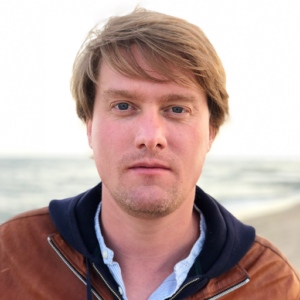At a time when digital photography dominates and artificial intelligence is redefining our visual imagination, Mathias Depardon, Ismail Ferdous, Théo Giacometti, Gaia Squarci, and Alessandro Silvestri photographed the summer of 2024 with 5 iconic cam...



